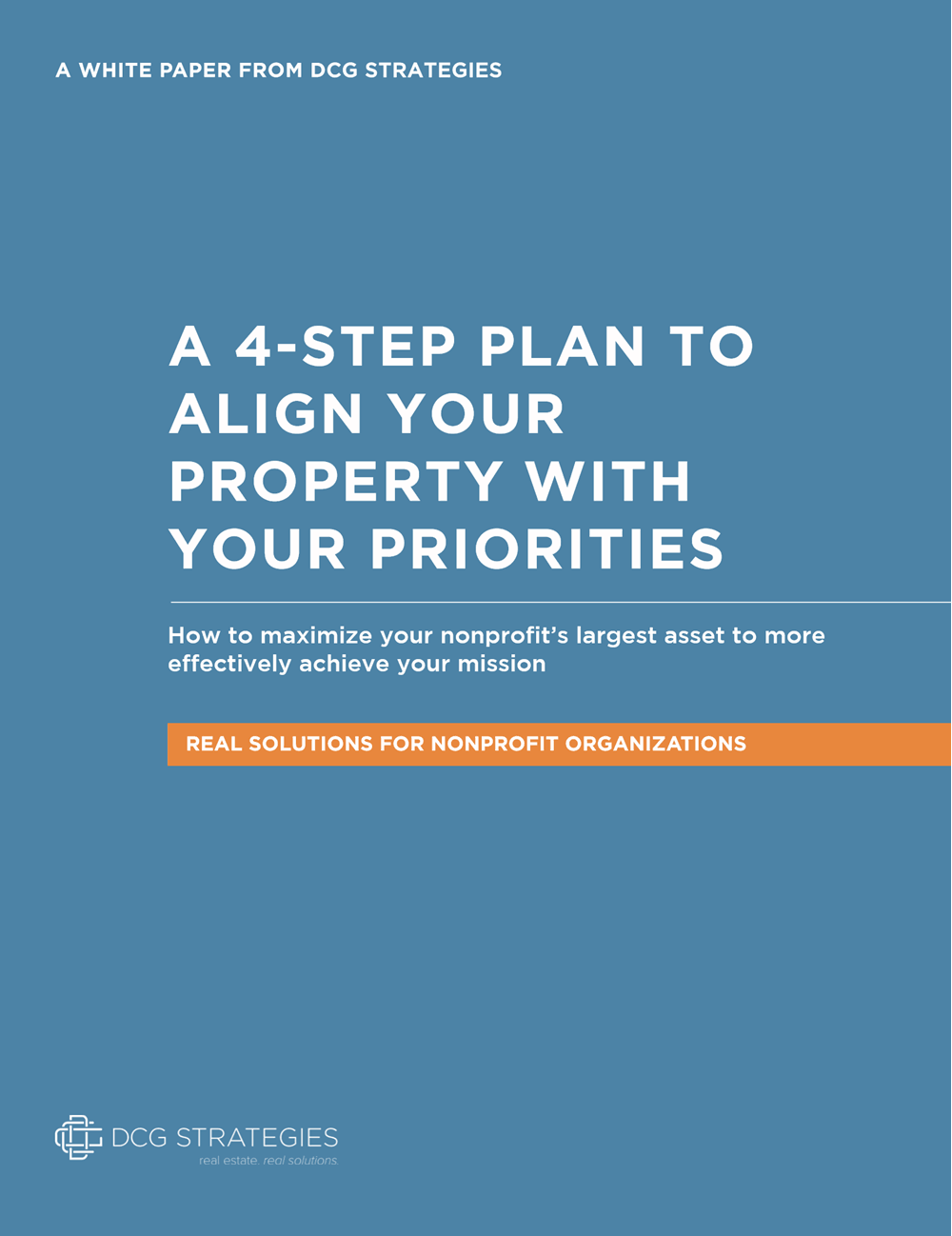A closing big-box store can be a blight or an opportunity for a community.
A problem has emerged in American cities and towns. Big-box retailers like Kmart and Borders have closed hundreds of stores. Aside from lost sales tax revenue and jobs, this leaves behind another problem: a large, concrete box that sits empty among acres of parking spots.
These big-box stores are typically 20,000 to 100,000 square feet, but they can also be much bigger. At the extreme end of the retail world, the Wal-Mart Super Center weighs in at 220,000 square feet. Despite its success, Wal-Mart commonly closes stores when it expands or when a particular store is underperforming. Although Wal-Mart has had some success in leasing its closed buildings to other chain retailers, some of these massive buildings end up sitting unoccupied.
Big-box closures have become so frequent that a Federal Reserve study gave the empty buildings a name: “ghost boxes.” The Fed reported that the number of these behemoths runs into the thousands nationwide, as Kmart, JC Penny, Sears, and numerous grocery store chains have shuttered their stores. Wal-Mart alone commonly has several hundred buildings for sale or lease.
‘Ghost Boxes’ and ‘Big-Box Blight’
These stores are often hard to fill with a large anchor store. Some retailers can’t afford to stock that much inventory and the buildings have to be thoroughly renovated at a high cost so that several smaller stores can occupy the building. The massive spaces sometime sits for years, often becoming magnets for crime and vandalism.
Ghost boxes have often led to what is known as “big-box blight.” The problem is pervasive and potentially damaging to neighborhoods. So much so, that Los Angeles passed an ordinance that required large retailers to include a plan to lease or reuse the building should it ever be closed. Other communities have made retailers sign agreements that guarantee that the big-box will be demolished if no other use can be found for it.
As with any empty commercial building, a “ghost box” presents an opportunity for a resurrection. One media report noted several success stories around the country. A former Walmart in Wisconsin Rapids, for example, was turned into a senior center with a new library, meeting rooms, and a walking track. A Walmart in McAllen, Texas, became the county’s largest public library. In Austin, Minnesota, developers have famously created a Spam Museum in a former Kmart that draws 100,000 visitors each year.
The building can take on an entirely new use. In Lee County, Florida, according to the Federal Reserve report, two Kmart stores were made over into elementary schools. The space was suitable for the district’s typical prototype and could also be converted in half the time it would have taken to build a new school from the ground up.
Big-Box Stores Can Be Resurrected
According to Forbes, a Sears subsidiary was tasked with making over some of the closed Sears and Kmart properties into data storage facilities. It also planned to mount cellular phone towers on many of the roofs of these buildings.
Empty big-boxes can also be leased or bought at reduced rates in many cases. When the chain bookseller Borders collapsed and closed all its stores, several of its former buildings were leased at lower rates, according to a 2012 Wall Street Journal report. That story referenced a Colliers survey of 205 closed Borders stores. At the time of the report, two thirds of the stores had been occupied and the new tenants were paying roughly 30 percent lower rents than Borders had paid.
More Big-Box Stores Are Likely to Close
The Federal Reserve believed that big-box retail stores were likely to continue closing buildings at alarming rates. Chains like Wal-Mart have had no qualms about closing stores and moving into new areas when they feel that a big-box will do better in the new location. Many American retailers have arguably overbuilt in the suburbs and the surrounding populations simply can’t support that much shopping, especially as Amazon and other online retailers continue to gain market share.
The phenomenon of the closing big-box store also brings cities back full circle. In a previous blog, we wrote about how downtowns and Main Streets suffered when most of the retail shifted to the suburbs, with their large malls and big-box outlets off the freeways. The downtowns are now recovering and some of the stores are fleeing the malls and big-box developments. These empty shells, however, do present developers with an opportunity. The good news is that these large, empty buildings can, and have, been made over into entirely new uses that serve their communities well.
If you are interested in exploring unique commercial real estate opportunities, you don’t have to go it alone. You can get a thorough analysis of the market with all the available options from a consultant whose community values align with your own. Contact DCG Real Estate today to learn more.





